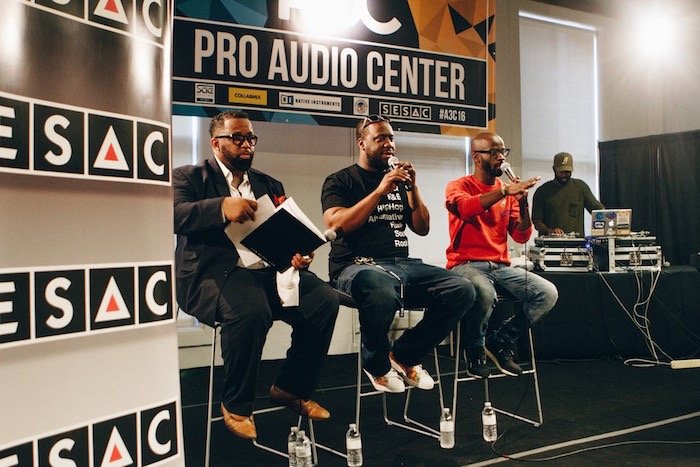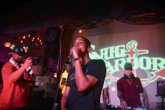October 13, 2019
Pitching to writers, editors, and promoters can seem like an impossible task but, with the right tools and tact, self-pitching can yield results without a middleman. The digital age has allowed access to the individuals responsible for breaking acts, however, that information is available to millions and standing out requires strategy.
In the music industry there are multiple methods of contacting editors and writers. Artists and their teams will find that their relationships are the building blocks of their careers. This is a starting point for self-pitching; going through a contact list and determining who you know at a publication or what connection can help you reach the correct party.
When direct messaging on social media and emailing pitches it is important to not overdo the process. Many music industry professionals have unforgiving schedules and for the ones who actually respond, it can take time, a couple of weeks or even longer. This should also be taken into consideration if you are trying to promote upcoming releases or events.
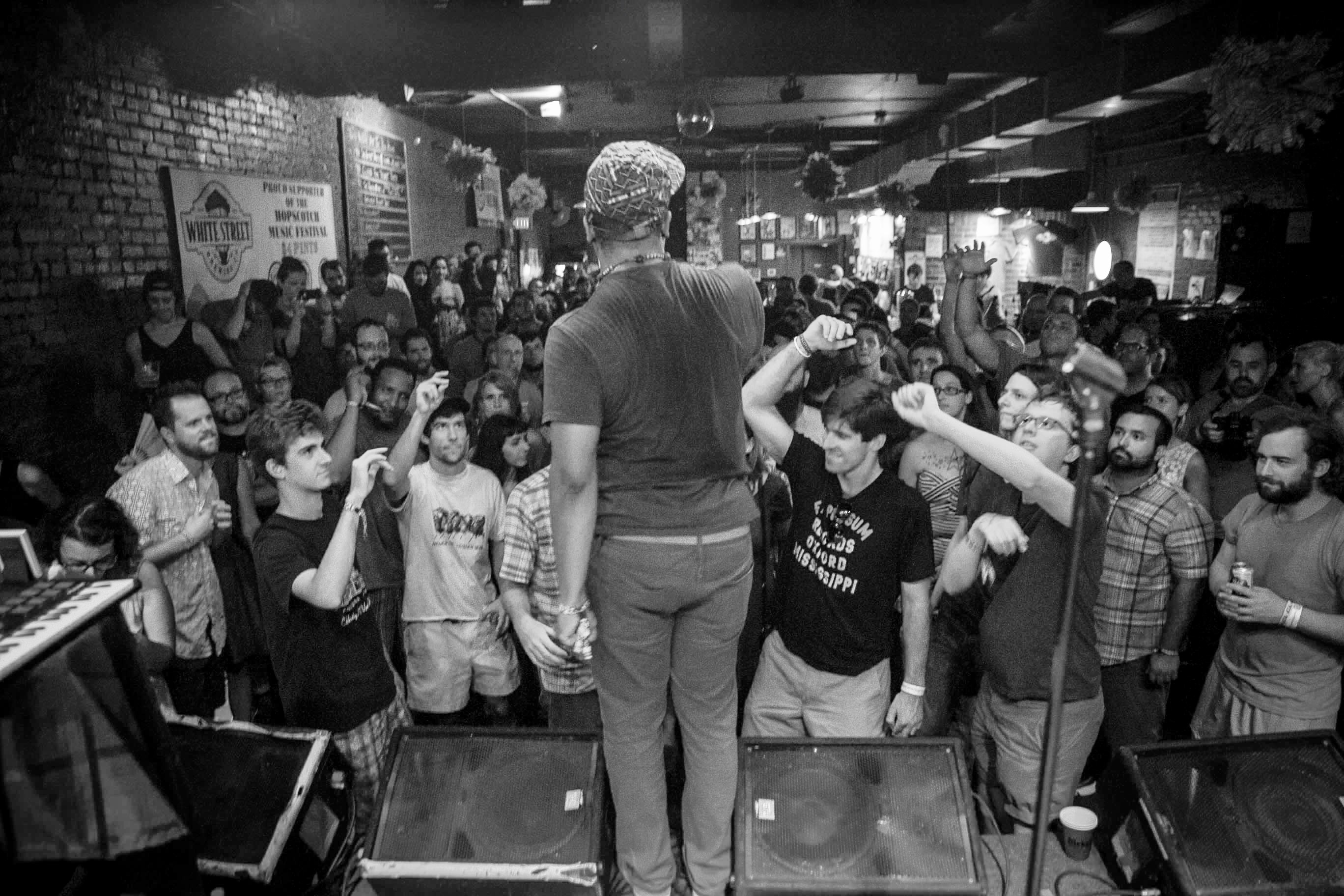
Do:
- Follow up in the comments of a post, as some social media messages get filtered to hidden inboxes.
- Begin by finding out a real name and using a sincere greeting. A polished approach will be more respected, so be cautious of being overly aggressive.
- Engage consistently! Building a rapport could lead to capturing a personal email to further the conversation.
- Be clear in what you would like from the party.
Don’t:
- Start a conversation with “My music is fire! Listen to this RIGHT NOW!”
- Be vague. Give details about the content presented.
- Bash publicly if you do not get a response.
- Reach out without no content or plan.
Press Kits
One of the first steps in marketing an artist or band is presenting the brand with standout packaging. The most effective method of pitching a band or artist is with a press kit. In order to create an impactful press kit it’s important to understand its purpose. Currently, the majority of kits are sent as an EPK or an “Electronic Press Kit.” This package allows for the introduction of an artist or band’s pertinent information to determine whether they will be featured or booked for a form of engagement. The EPK should convey the artists personality but possess enough clarity to not confuse the viewer.
There are multiple resources available to create your own EPK, whether you are an independent artist, manager, or a different member of the artist team such as a social media manager or assistant. Canva and Sonicbids are two resources for creating a package. As an artist’s career advances this is a service that should be included in a record deal. The average press kit includes the artist biography, high resolution photos, music, video, social statistics, and contact information.
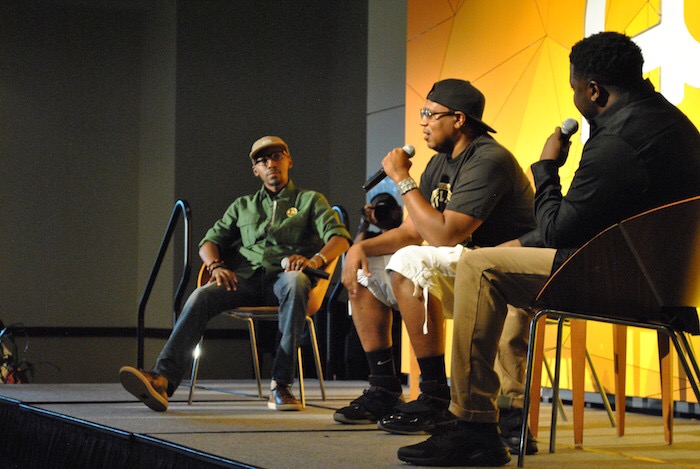
Biography
Bands and solo artists biographies require a certain niche/skill/craft to accurately capture the details needed for a pitch. Rather than simply detailing the life of an artist, this particular type of bio should give a snapshot of the bandmates’ or artist’s personalities, their accomplishments in music, media opinions, and current work. Do include items such as current location, latest features, and collaborations. Don’t make it too long for the sake of keeping the reader engaged! In addition, the kit should give the reader a feel for the music. Therefore, having a very intuitive and skilled writer is key when producing the biography.
Photos
High Resolution photos are a must when including them in a press kit. The most important factor is taking intentional photos for press. This means hiring a photographer that understands what a great press photo entails visually and logistically so that the artist can convey themselves without words. As an independent artist budgeting can be a fearful trigger but taking the time to save money for a skilled photographer will pay off in the long run; showcasing that you take the time to deliver a quality product boasts integrity and passion. Writers, editors, and promoters will use these photos in their articles or for show flyers which is why angles, lighting, expression, and resolution are important.
Music and Video
Including music in a press kit is as simple as including buttons for each platform that houses the records. Depending on the software used to create the kit, individual songs or the entire discography can be linked. If linking individual songs, it’s best to promote tracks that are popular with the audience, feature other artists, or reflect various styles. Including video serves multiple purposes as it can showcase performance style, stage presence, and vocal talent. Different software may also determine the method of including video; some may have to be linked from Youtube others may allow embedding from a document saved on a computer. Clear footage and audio of the performance will give the viewer the best chances of seeing a great depiction of the artist.
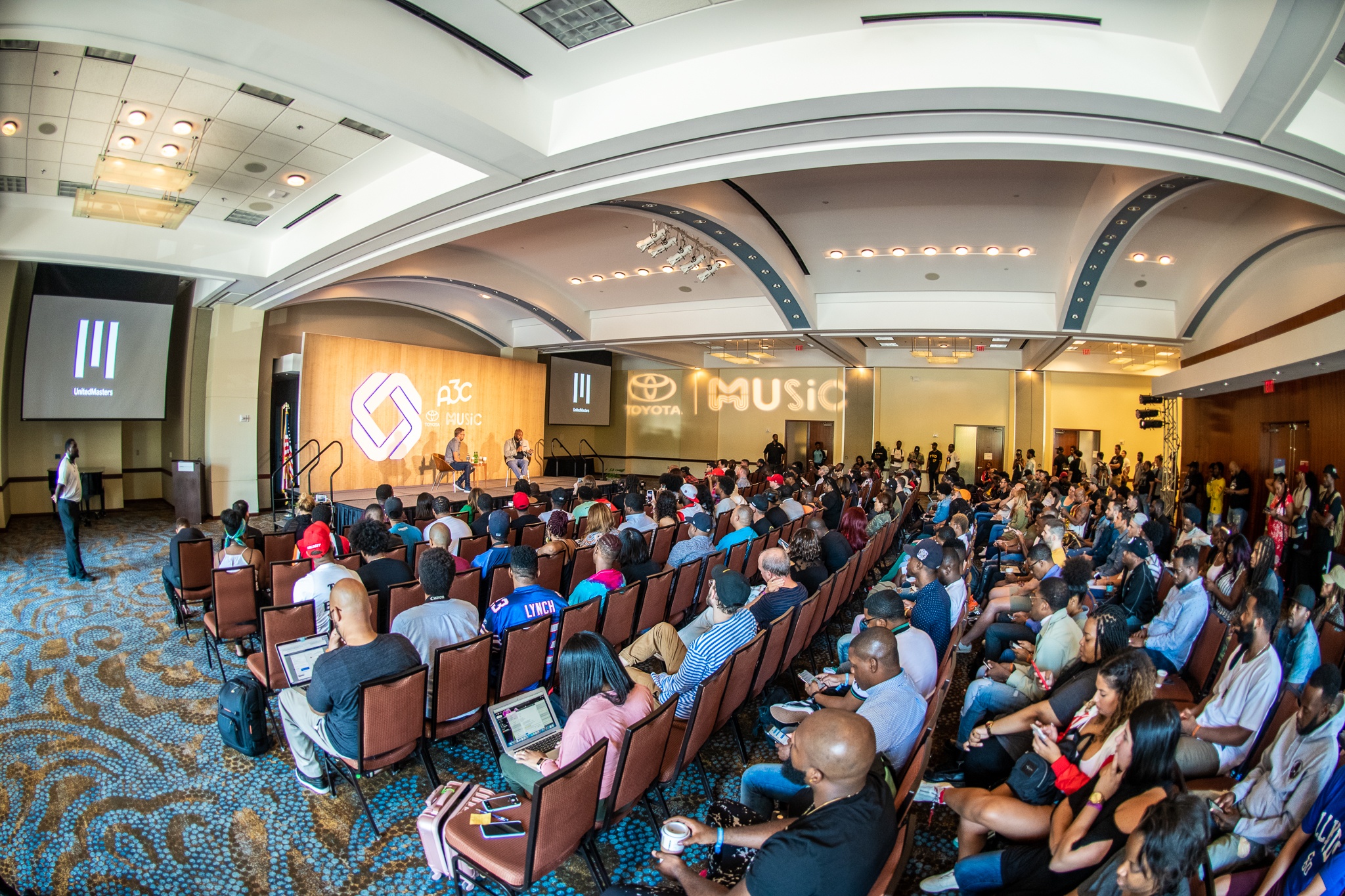
Social Stats
The digital marketplace heavily relies on back-end analytics to determine factors such as audience reach, location, and engagement styles. This is important to writers and editors because it allows them to see if their publication aligns with the artist’s brand and audience. There are multiple services to pull this data from such as Next Big Sound, Spotify For Artists, Indify, and setting up business or brand pages for Instagram, Facebook, and Twitter. These are just a few options. For the ease of viewing, including simple stats such as social media following, monthly listeners, and audience location will help.
Get Started!
As an independent or emerging artist, finding effective ways to cut costs and deliver a quality product can seem impossible but with research and rapport, one small pitch can equal huge opportunities and milestones. It is important to remember that even though the music industry can be fun and adventurous, it remains a business. As with various business models each working part must be continuously fine tuned as the model evolves. The ability to self-pitch in the tech era bodes well for aspiring musicians, however, there should be best practice methods in place for maximum results.
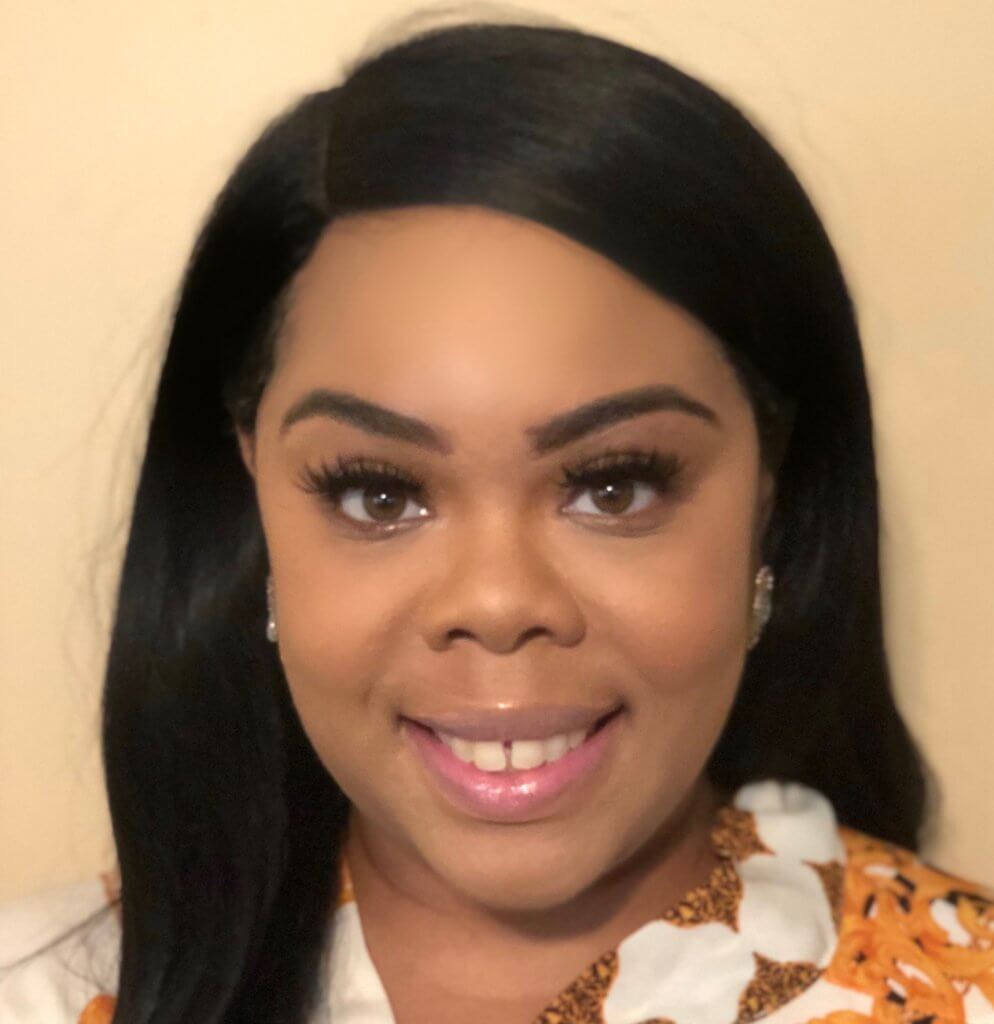 Megan Wolford is a graduate of NYU’s music business program, currently an executive assistant at Billion Dollar Baby Ent., and artist manager.
Megan Wolford is a graduate of NYU’s music business program, currently an executive assistant at Billion Dollar Baby Ent., and artist manager.
Read next:
